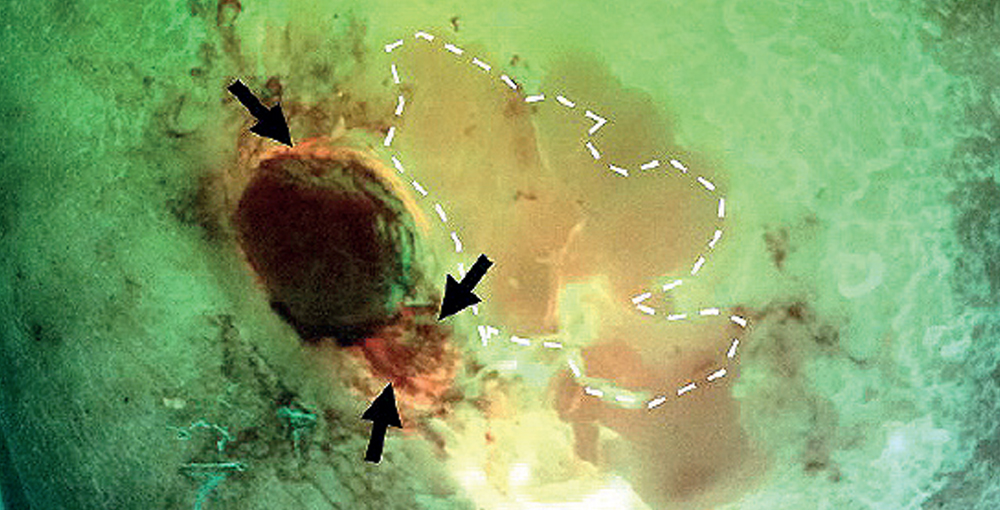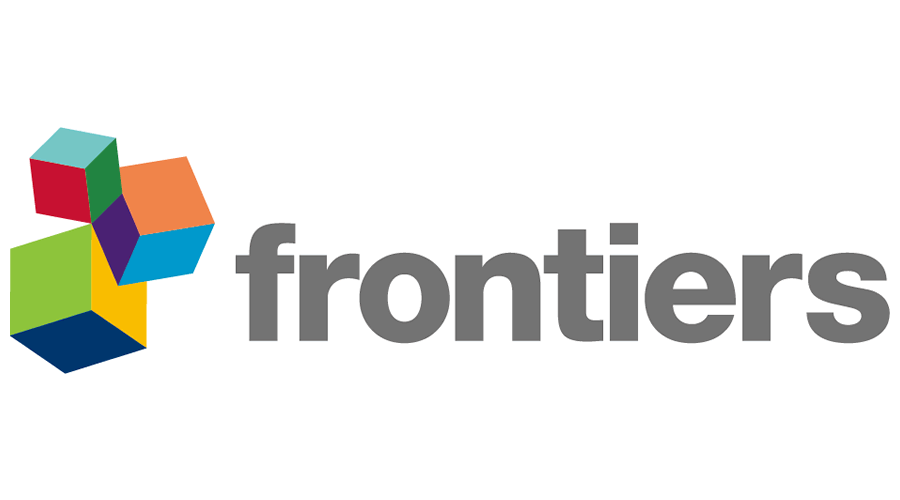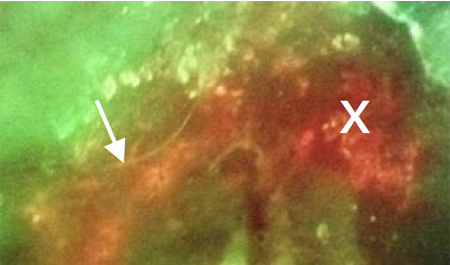

Fluorescence imaging using MolecuLight provides a more accurate and relevant microbiological profile that guides optimal wound sampling compared to clinical judgment

Fluorescence imaging using MolecuLight provides a more accurate and relevant microbiological profile that guides optimal wound sampling compared to clinical judgment

In a clinical trial with 412 punch biopsies, only one resulted in an adverse event (abscess)
Fluorescence images revealed presence of bacteria at site of biopsy prior to abscess development
Bacterial load was confirmed as 106 CFU/g from the biopsy

The PPV of red fluorescence on MolecuLight i:X images was 100%, regardless of sampling method, analysis technique, or study site
Fluorescence guidance, in combination with subsurface sampling techniques, could eliminate the risk of false negative wound sampling
Fluorescence imaging information could influence treatment decisions at the point of care

Fluorescence imaging of diabetic foot ulcers had superior accuracy (78%) in detecting the presence of clinically significant bacteria than standard practice (Levine swabbing, 52%; p=0.048)
Higher bacterial loads were detected from wound regions positive for bacterial fluorescence compared to regions sampled based on CSS alone